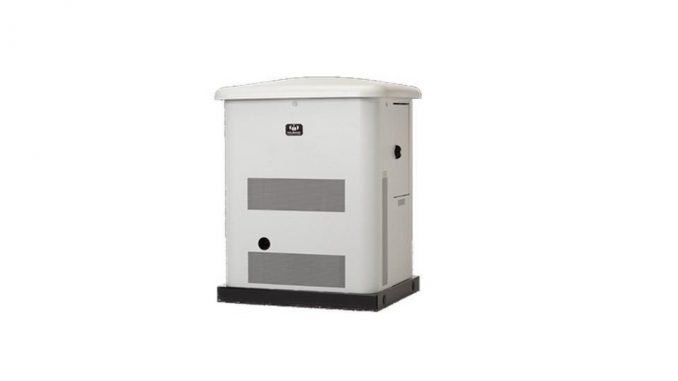
Generators are crucial for modern homes, business spaces, and work sites. Given proper attention, any type of generator can be trusted to perform its best for decades and beyond. A standby generator can support a building for much longer than 30 years. But if you want to maintain the highest level of functionality, you have to get serious about its upkeep. Check out these generator maintenance tips to ensure that you can use it for years.
WHY YOU NEED REGULAR GENERATOR MAINTENANCE
If you have a generator set in your home or space, here are some reminders on the importance of regularly maintaining your unit.
1. Save money on repairs or replacement
Preventive maintenance done regularly is the only way to check for damages and issues. The aim is to spot these in their earliest stages before they blow up into bigger and less controllable problems that inevitably cost more money through major repairs or even full replacement.
2. Ensure it will work when it needs to
A generator is only useful when it works reliably during unexpected interruptions. Many generators fail to function during the crucial moment mainly because of the following reasons:
• Clogged fuel filter because of contaminated or old fuel
• Dead or insufficiently charged starting batteries
• Start button was not switched to ‘Automatic start’ position.
These mistakes could easily be prevented with simple general maintenance activities. Keeping regular check makes sure that the components have enough mechanical and electrical integrity to safely deliver your power supply during power outages. You can have the peace of mind that your backup systems are reliable if someone is constantly checking on these details.
BASIC STEPS FOR GENERATOR MAINTENANCE
1. Check for adequate fluid levels
2. Conduct routine engine exercise
3. Test functionality of transfer switch
4. Remove and replace worn components
5. Test if batteries are sufficiently charged
6. Check or change cooling system and air filter
7. Check fuel for contaminants and deterioration
8. Verify information from control panels and indicators
TIPS TO KEEP YOUR GENERATOR IN TIP-TOP SHAPE
Create a Generator Maintenance Plan
Keep a written record of your maintenance check schedule, and set up a notification system for everybody involved. Maintenance routines are not the most exciting tasks, which make them conveniently forgettable. It will only take less than an hour to set up the schedule and notifications are easy to set up using digital planners or strategically placed calendars and bulletins.
Provide Additional Protection
Generators are mostly built to last, but there are many external elements such as water seepage, extreme temperatures, and unforeseen events that could cause premature damage to your unit or units. Invest a few extra funds on an enclosure or watertight at the onset as it is most likely going to prolong the life of your asset and stave off replacement costs.
Use Heavy-duty Power Cords
For standby and large-capacity generators, heavy duty power cords are safer and more economical to use. Lighter cables translate to higher voltages running through your lines, which strains the system and eventually cause burn-out.
Store Extra Supply of Oil, Filters, and Fuel
Consider it a backup plan to your backup plan when power outage strikes. Usually, there is no telling when they will or occur and for how long. Your life will be less hectic and stressful when you don’t have to run for fuel and fluids in the middle of an emergency just to sustain your generator’s performance .
AN OUNCE OF PREVENTION
One of the less pleasant aspects of having a generator is taking care of the dirty details for its upkeep. Oftentimes, it slides to the bottom of the priority list until problems become too costly to ignore. But there are simple steps you can take, such as the tips above. You stay on top of your maintenance tasks and ensure all systems are ready to go when the needs arise.

